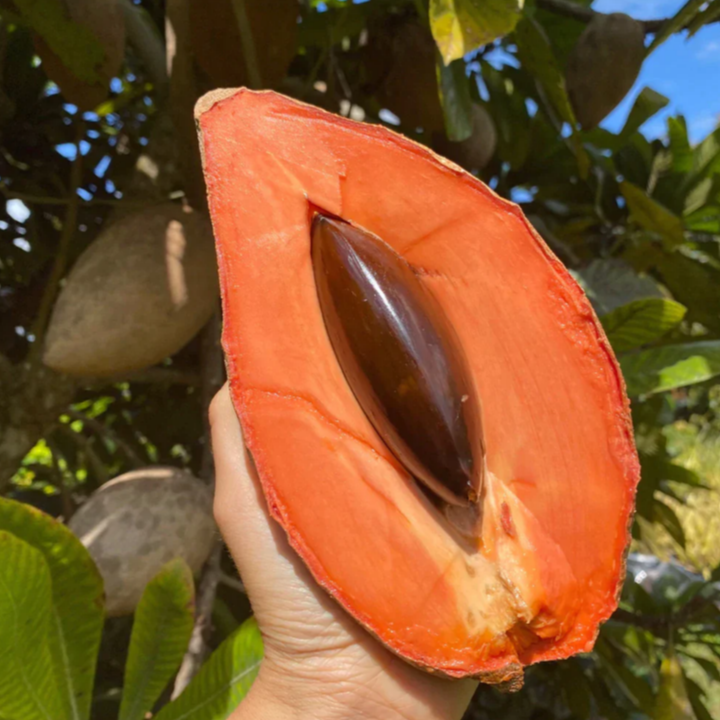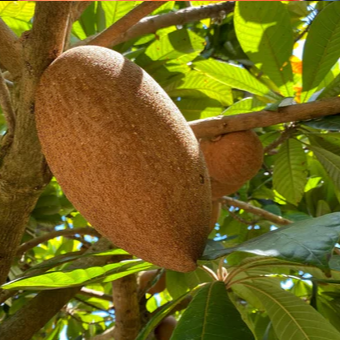rarefruittrees.ae
Mamey Sapote 'Magana' (Pouteria sapota) - Grafted - LIVE PLANT
Mamey Sapote 'Magana' (Pouteria sapota) - Grafted - LIVE PLANT
Couldn't load pickup availability
Plant Insights and Care
The Mamey Sapote 'Magana' (Pouteria sapota) is a prized tropical fruit tree originating from Central America and Mexico. Known for its large fruits and excellent flavor, the 'Magana' variety produces slightly larger fruits compared to other cultivars like 'Pantin.' It thrives in hot, tropical climates and grows into a medium to large tree with dense foliage, making it an excellent choice for providing shade. This slow-growing tree rewards patience with bountiful harvests once established.
Key Points:
- Origin: Central America and Mexico.
- Climate: Prefers hot, tropical conditions and tolerates high heat well.
- Sun Exposure: Requires full sun for optimal growth.
- Watering: Needs consistent moisture, particularly during flowering and fruiting, but avoid waterlogging.
- Soil: Best grown in deep, well-draining, fertile soil with a pH of 6.0–7.5.
- Growth Rate: Slow to moderate under favorable conditions.
Fruit Profile
The 'Magana' Mamey Sapote produces large, oval to oblong fruits with a rough, reddish-brown skin. The flesh is deep orange to reddish, creamy, and sweet, with a slightly denser texture than the 'Pantin' variety. Its flavor is rich and often described as a combination of pumpkin, apricot, and almond. These fruits are enjoyed fresh or used in smoothies, ice creams, and desserts.
Dive into the facts:
- Taste: Rich and creamy with pumpkin, apricot, and almond notes.
- Appearance: Large fruits with reddish-brown skin and vibrant orange to reddish flesh.
- Fun Fact: The seeds of the Mamey Sapote were traditionally used to make an aromatic paste for natural cosmetics in Central America.
When to Expect Fruit
The 'Magana' variety, when grown from seed, takes 7–10 years to bear fruit. However, grafted trees can produce fruit much earlier, within 3–5 years. Proper care, such as ensuring adequate sunlight, well-drained soil, and consistent watering, can help encourage earlier and more abundant fruiting.
Share




